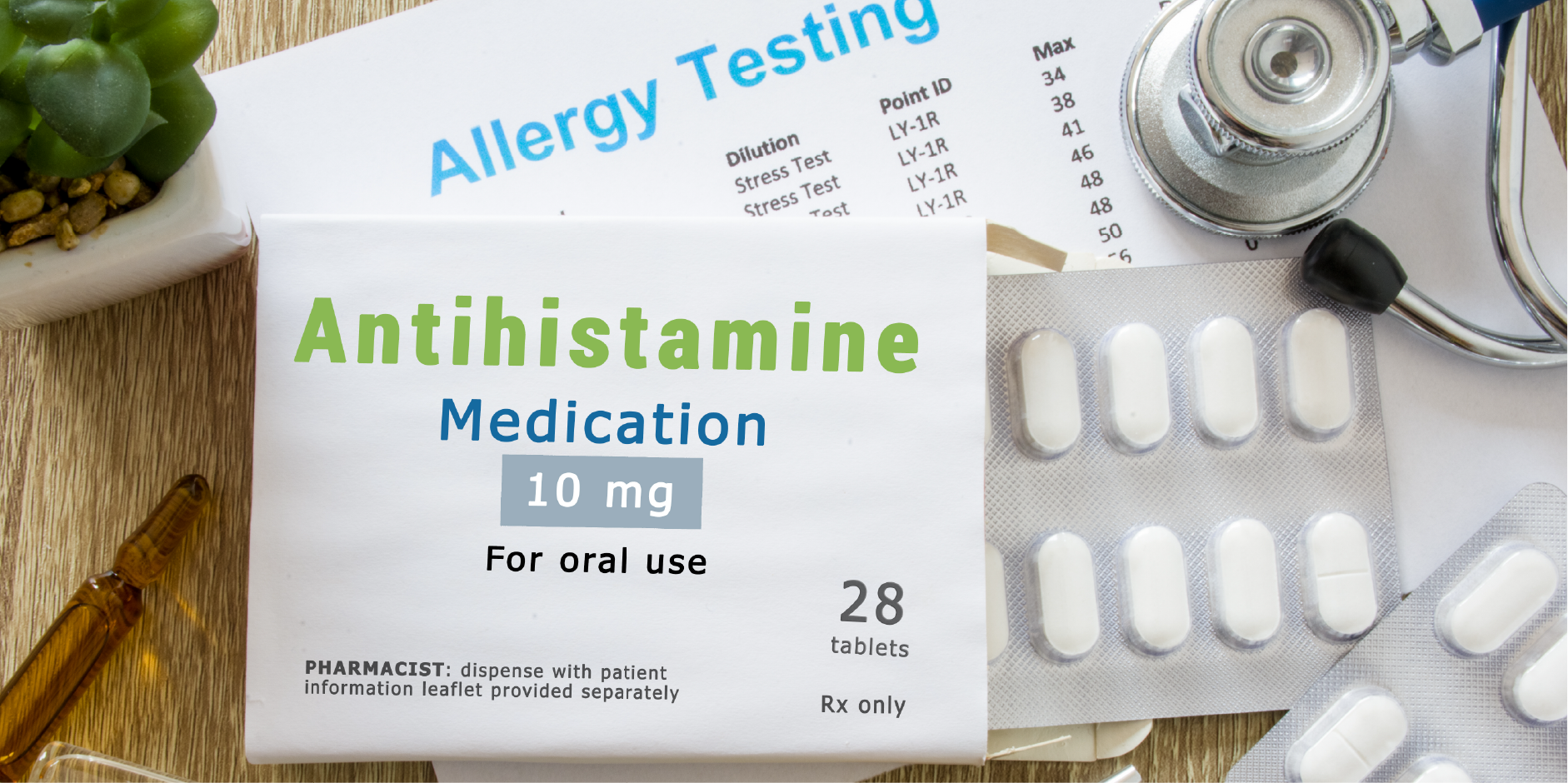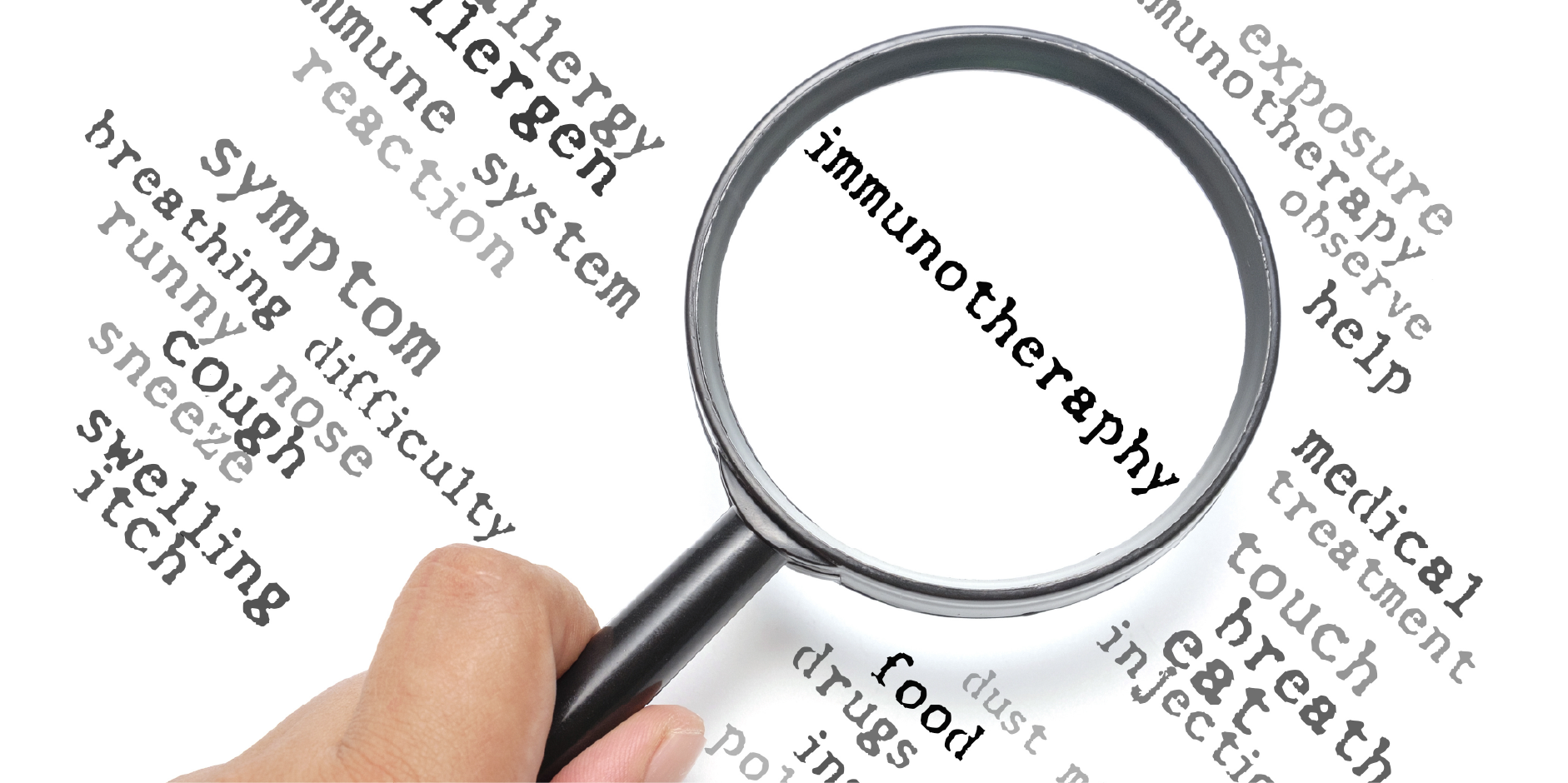Content on this page:
Content on this page:
Pharmacological therapy
Non-acute Food-induced Allergic Reactions
Antihistamines (H1 and H2-receptor Antagonists)
 Food Allergy (Pediatric)_Management 1
Food Allergy (Pediatric)_Management 1Antihistamines remain the mainstay in managing symptoms of non-severe food-induced allergic reactions. This is used mainly for cutaneous reactions (eg itching and urticaria) but not as a first-line medication during anaphylaxis. This may also be used in cases where allergen avoidance is difficult or when it results in nutritional deficiencies. Oral antihistamines used for first aid treatment of allergic reactions should be in chewable or liquid preparation to facilitate faster absorption. This is not recommended for the prevention of food-induced allergic reactions.
Corticosteroids
Although not used in the treatment of acute anaphylaxis due to its slow onset of action, their empiric use is supported by healthcare professionals. The anti-inflammatory properties of corticosteroids provide benefit in allergic diseases. These help prevent recurrence of symptoms and biphasic or protracted reactions.
Monoclonal Antibodies
Example drugs: Dupilumab, Etokimab, Omalizumab
Omalizumab is indicated for IgE-mediated food allergy in children ≥1 year old for the reduction of type I allergic reactions, including anaphylaxis, that may occur with accidental exposure to ≥1 foods. This is intended for repeated use to reduce the risk of allergic reactions and is to be used together with food allergen avoidance. This is not indicated for emergency treatment of allergic reactions, including anaphylaxis. Studies showed that Dupilumab and Etokimab may reduce food allergy reactions by inhibiting IL-4 and IL-3, and IL-33 receptors, respectively, that are associated with increased risk of food allergy. Other therapies being investigated for their use in food allergy include Ligelizumab, Abatacept and Acalabrutinib.
Immunotherapy
 Food Allergy (Pediatric)_Management 2
Food Allergy (Pediatric)_Management 2Immunotherapy is a treatment option for patients with confirmed IgE-mediated primary or persistent food allergy in whom avoidance measures are ineffective, or not tolerated and affect the patient’s quality of life. An oral immunotherapy may be considered as a treatment option for children ≥4 years of age with clinically diagnosed persistent severe IgE-mediated cow’s milk protein allergy, and hen’s egg allergy on the basis of increasing threshold for clinical reactions during treatment.
Peanut oral immunotherapy is recommended for select children ≥4 years of age with clinically diagnosed severe IgE-mediated peanut allergy under the supervision of a specialist to increase peanut tolerance during therapy. Peanut epicutaneous immunotherapy may be considered in select children aged 4-11 years with clinically diagnosed severe IgE-mediated peanut allergy under the supervision of a specialist to increase peanut tolerance during therapy. The clinical benefits should outweigh the side effects of oral, sublingual and epicutaneous immunotherapy, and the inconclusive evidence that they are able to induce long-term tolerance to the target foods should be considered. Oral immunotherapy is more effective in inducing desensitization but may produce more adverse effects compared to sublingual and epicutaneous immunotherapy.
The indications for allergen immunotherapy (all of the following) include: History of IgE-mediated systemic allergic reactions after ingestion and/or positive oral food challenge; evidence of allergic sensitization; primary food allergy, as opposed to pollen food allergy syndrome due to cross-reactivity; persistent food allergy with low likelihood of spontaneous resolution; parents, the patient and caregivers possessing a full understanding of effectiveness, side effects, logistics and the potentially life-long duration of the therapy; and parents, patient and caregivers should be motivated, adherent and capable of administering emergency treatment; history of severe reactions to food or impaired quality of life due to the burden of food allergy; willingness of parents, the patient and caregivers to incorporate the food into the diet; and the stability of living and family situation.
The absolute contraindications for immunotherapy include poor adherence, uncontrolled/severe asthma, active malignancy, active systemic autoimmune disorders, systemic immunosuppression therapy, active eosinophilic esophagitis, other gastrointestinal eosinophilic disorders, and pregnancy. The relative contraindications include severe medical conditions eg cardiovascular diseases, systemic autoimmune disorders in remission, uncontrolled active atopic dermatitis, uncontrolled chronic urticaria, beta-blocker or ACE inhibitor therapy, mastocytosis, increased dose of other immunotherapy, chronic undiagnosed gastrointestinal symptoms, inability to ingest study products, psychological problems or a possibility of an eating disorder.
Food-induced Anaphylaxis
Epinephrine
In life-threatening anaphylaxis, self-injectable intramuscular (IM) Epinephrine (0.01 mg/kg) is the only first-line treatment; all other treatments are adjunctive. The intramuscular route provides a faster increase in plasma and tissue concentrations of Epinephrine compared to a subcutaneous (SC) route. At least two auto-injections should be prescribed and carried at all times by patients at risk for food-induced anaphylaxis. Intravenous (IV) Epinephrine is recommended for patients who do not respond to repeated IM Epinephrine injections and fluid resuscitation. This may be given every 5-15 minutes as needed to maintain blood pressure and control symptoms.
Bronchodilators (Inhaled)
Example drug: Albuterol
Inhaled bronchodilators are an adjunctive treatment for bronchospasm not responsive to IM Epinephrine. Nebulized therapy, if available, is considered more practical than metered-dose inhalers.
Vasopressors
Example drug: Dopamine
Vasopressors are used in cases of persistent hypotension in anaphylaxis despite administration of Epinephrine and IV fluids. Continuous monitoring of vital signs should be done.
Glucagon
Glucagon may be used for refractory hypotension and bradycardia in patients who are taking beta-blockers since the vasopressor effects of Epinephrine may be decreased in these patients.
Antihistamines (H1 and H2-receptor Antagonists)
There is limited evidence to support the use of antihistamines in emergency treatment of anaphylaxis. This is useful only for relief of urticaria and itching.
Atropine
Atropine may be considered for patients with bradycardia.
Nonpharmacological
Allergen
Avoidance
 Food Allergy (Pediatric)_Management 3
Food Allergy (Pediatric)_Management 3Allergen avoidance is considered first-line treatment in patients with documented and confirmed food allergies. Patients should be advised regarding cross-reacting allergens in other foods, hidden food allergens (eg casein and whey for cow’s milk, ovalbumin for chicken’s eggs) and high-risk situations like anaphylaxis. An elimination diet is advised only based on a positive history confirmed by a skin prick test or specific IgE test. Ensure that the nutritional requirements of patients are met to avoid nutritional deficiencies. Ensure that the patient is clinically allergic to a particular food before removing it from their diet; may be pertinent to the patient’s growth and development. In patients with confirmed IgE-mediated food allergy, sensitized but tolerated foods should be continually consumed. Age-appropriate individualized dietary advice is suggested in patients with confirmed IgE-mediated FA, with additional support from a dietitian in complex cases. Individuals without documented or confirmed food allergies are not recommended to avoid potentially allergenic foods as part of managing asthma, atopic dermatitis or eosinophilic esophagitis. Allergen avoidance during pregnancy to prevent allergy in the offspring is not recommended due to the risk to maternal and/or fetal nutrition, and the lack of evidence to support its implementation.
Please see Allergy Prevention section for further discussion.
Referral to Allergist-Immunologist
A referral to an allergist-immunologist should be done in the following: Symptoms are recurrent or difficult to control and/or daily medications for prevention are required; the patient has confirmed IgE-mediated food allergy and is asthmatic; and the tests are negative but there is strong suspicion of IgE-mediated food allergy.
Supportive Therapy for Acute Life-threatening Allergic Reactions
Supplemental oxygen therapy should be administered to patients experiencing anaphylaxis, especially in the event of hypoxia and respiratory distress. Intravenous fluids or large-volume fluid resuscitation should be given immediately to patients with hypotension and those with an incomplete response to IM Epinephrine. In positioning a patient, the patient should be in a recumbent position, with the lower extremities elevated to increase perfusion of vital organs, if tolerated and vomiting patients may be placed in a left lateral position.
Please see Anaphylaxis disease management chart for further information.
Patient/Caregiver Education
 Food Allergy (Pediatric)_Management 4
Food Allergy (Pediatric)_Management 4Nutritional counseling and regular growth monitoring are recommended for all children with food allergies. Children (starting at 11 years of age) transitioning into adolescence/adulthood should be given an effective risk management and transition plan. Patients and caregivers should be educated on allergies to avoid inadvertent ingestion of food allergens. Learn to read food labels, to inquire at restaurants and take precautionary measures to prevent unintentional exposure to known food allergens. A medical information bracelet or necklace for the patient can provide important medical details when the patient is found unconscious or cannot communicate due to the food-induced adverse reaction. A food allergy action plan should be developed, containing steps to take in case of a reaction that include doses of medications and contact information for family members and healthcare providers. This plan should be thoroughly discussed with patients, family members and caregivers. Patients with a history of food-induced anaphylaxis need to know how to use a self-injectable Epinephrine.
Prevention
Allergy Prevention
In
the history, take note of the allergy record of the patient’s parents,
siblings, and relatives on the maternal or paternal side. The predictive family
score may be used to identify the patients at risk of developing allergy. There
is ongoing research on allergy prevention strategies, although findings are
small or with unconfirmed effects; newer strategies are still in experimental
stages. Asthma control in patients with food allergies and asthma should be
optimized to reduce morbidity and mortality.
Breastfeeding
and Milk Formulas
Exclusive
breastfeeding of infants until 4-6 months is recommended, especially in
children at high risk of
allergic
disease. The reported protection against allergic disease in the early years of
life is relatively small, and some studies suggest an increased risk of disease
in later life. Currently, there are no conclusions on the role of breastfeeding
duration in preventing or delaying the onset of specific food allergies. Dietary
restrictions for breastfeeding mothers to prevent food allergies in their child
are not recommended if the infant is asymptomatic and thriving. Supplementing
breast milk with cow’s milk formula within the first week of life should be
avoided. If breastfeeding is not possible in high-risk infants, a
hypoallergenic, extensively hydrolyzed cow’s milk formula or an amino
acid-based formula is recommended. However, evidence is lacking to show that
extensively or partially hydrolyzed formulas prevent atopic disease in infants and
children, even in those whose risk for allergic disease is high.
Partially
hydrolyzed cow’s milk formula, soy formula and other mammalian milks (eg
sheep/buffalo/goat’s formula) are not recommended for the reduction of food
allergy risk. Feeding of soy protein-based formula to infants <6 months of
age should be avoided. More studies are needed to support the use of
probiotics/prebiotics/synbiotics and hydrolyzed plant-based formulas including
rice hydrolysates for infant diet supplementation in food allergy.
Solid
Food
It
is recommended that the introduction of solid food, including those with
potential allergens, should be done at 4-6 months of age, without delay.
Dietary restriction in high-risk patients is not recommended due to
insufficient evidence. The inclusion of about half of a well-cooked, small
hen’s egg 2 times a week into the diet of infants 4-6 months of age is encouraged. A well-cooked egg may be made by boiling or
baking an egg alone or by using one as an ingredient in meals. Raw or uncooked
pasteurized eggs should be avoided. The introduction of peanuts into the diet
of ≥6-month-old infants with mild-moderate atopic dermatitis is recommended. For
infants aged 4-6 months with severe atopic dermatitis, egg allergy, or both,
consider IgE measurement prior to the introduction of peanut-containing foods. Regular
follow-up should be encouraged every 6-12 months when the child reaches 1 year
of age.
